Home>Furniture & Design>Kitchen Furniture>How To Move A China Cabinet
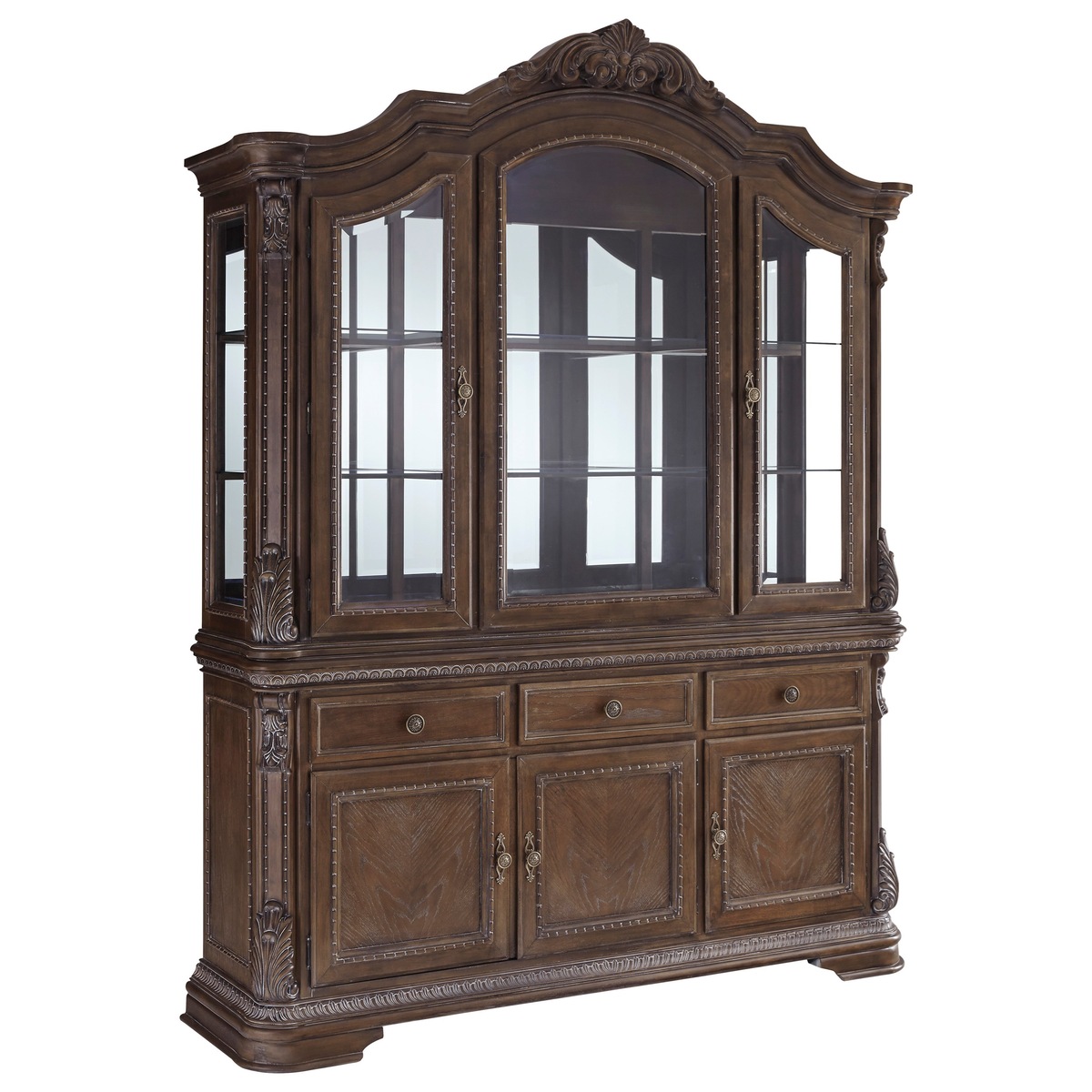

Kitchen Furniture
How To Move A China Cabinet
Modified: March 25, 2024
Learn the best way to move a china cabinet without damaging it. Get expert tips and advice for moving kitchen furniture and design safely.
(Many of the links in this article redirect to a specific reviewed product. Your purchase of these products through affiliate links helps to generate commission for Storables.com, at no extra cost. Learn more)
Introduction
Moving a china cabinet can be a daunting task, but with the right approach and preparation, it can be accomplished smoothly and safely. Whether you are relocating to a new home or simply rearranging your living space, taking the time to plan and execute the move properly is essential to avoid damage to the cabinet and potential injury. In this comprehensive guide, we will walk you through the step-by-step process of moving a china cabinet, from assessing the cabinet and planning the move to reassembling and setting it up in its new location. By following these guidelines, you can ensure that your china cabinet is transported with care and precision, preserving its beauty and functionality. Let's dive into the details of this intricate yet rewarding endeavor.
Key Takeaways:
- Safely move a china cabinet by assessing its size, gathering supplies, and using proper lifting techniques. Careful planning and teamwork ensure a smooth and successful relocation.
- Empty, secure, and disassemble a china cabinet if necessary before moving it. Reassemble and position the cabinet thoughtfully in its new location to preserve its beauty and functionality.
Read more: How To Store China Without A China Cabinet
Assessing the Cabinet and Planning the Move
Before embarking on the task of moving a china cabinet, it is crucial to assess the cabinet’s size, weight, and structural integrity. Begin by measuring the dimensions of the cabinet, including its height, width, and depth, to determine if it will fit through doorways and hallways along the intended route. Additionally, evaluate the weight of the cabinet, considering whether it will require extra assistance or specialized equipment for lifting and transporting.
Next, carefully inspect the cabinet for any existing damage or weak points, such as loose joints, fragile glass panels, or ornamental details that may be prone to breakage. Taking note of these vulnerabilities will help you strategize the safest approach for moving the cabinet without exacerbating any preexisting issues.
Once the assessment is complete, it’s time to plan the logistics of the move. Consider the pathway from the current location of the cabinet to its destination, identifying any obstacles or challenges that may impede the smooth transfer of the furniture. Take note of narrow hallways, sharp turns, or staircases that may require special attention during the move.
If the cabinet houses delicate items such as china, glassware, or decorative pieces, make a plan for safely removing and packing these items to prevent breakage during transport. Additionally, allocate sufficient time for the entire moving process, ensuring that you have ample time to execute each step carefully.
By thoroughly assessing the cabinet and meticulously planning the move, you can mitigate potential risks and streamline the overall moving process, setting the stage for a successful and stress-free relocation of your cherished china cabinet.
Gathering the Necessary Supplies
Before initiating the process of moving a china cabinet, it’s essential to assemble the required supplies to facilitate a safe and efficient relocation. Here’s a comprehensive list of supplies you’ll need:
- Protective Gear: Wear appropriate attire, including closed-toe shoes with good traction to prevent slipping and gloves to safeguard your hands while handling the cabinet.
- Measuring Tape: Ensure you have a measuring tape on hand to assess doorways, hallways, and the cabinet itself to determine clearance and maneuverability.
- Protective Padding: Gather moving blankets, bubble wrap, or furniture pads to shield the cabinet from scratches, dents, and other damage during transit.
- Lifting Straps or Harnesses: If the cabinet is particularly heavy, consider using lifting straps or harnesses to distribute the weight and minimize strain on the movers’ bodies.
- Furniture Dolly: A sturdy furniture dolly can significantly ease the process of transporting the cabinet, especially over longer distances or uneven surfaces.
- Basic Tools: Keep a set of basic tools such as screwdrivers and wrenches handy for potential disassembly and reassembly of the cabinet.
- Packing Materials: If the cabinet contains fragile items, gather packing materials like packing paper, foam inserts, and sturdy boxes to secure these items separately.
- Assistance: Enlist the help of friends or family members to assist with the move, especially if the cabinet is large or unwieldy.
By ensuring that you have all the necessary supplies at your disposal, you can approach the task of moving the china cabinet with confidence and preparedness, minimizing the risk of accidents and damage along the way.
Emptying and Preparing the Cabinet
Prior to moving a china cabinet, it is essential to empty its contents and prepare it for transport. This process involves safeguarding delicate items, securing loose components, and ensuring the cabinet is structurally ready for the move.
Begin by carefully removing all items from the cabinet’s shelves and drawers. If the cabinet houses fragile or valuable items such as china, glassware, or decorative pieces, pack them securely using appropriate packing materials. Wrap delicate items individually in packing paper or bubble wrap and place them in sturdy boxes, ensuring they are cushioned to prevent breakage during transit.
Once the cabinet is emptied, inspect its interior for any loose components or detachable elements. Secure any removable shelves, drawers, or decorative accents to prevent them from shifting or causing damage during the move. If the cabinet features glass panels or doors, consider reinforcing them with additional padding or protective coverings to minimize the risk of breakage.
After securing the interior components, it’s time to address the exterior of the cabinet. Use protective padding such as moving blankets or furniture pads to wrap the entire cabinet, ensuring that all surfaces are adequately shielded from scratches and impacts. Secure the padding in place using moving straps or sturdy tape, taking care to cover any protruding edges or ornamental details that may be susceptible to damage.
By emptying the cabinet’s contents, securing its interior components, and providing comprehensive protective padding, you can prepare the cabinet for safe and secure transport, minimizing the potential for damage and ensuring a smooth transition to its new location.
Before moving a china cabinet, remove all items from inside and secure the doors. Use furniture sliders to easily move the cabinet without scratching the floors. Ask for help to lift and carry the cabinet to avoid injury.
Disassembling the Cabinet (if Necessary)
In some instances, disassembling the china cabinet may be necessary to facilitate a safer and more manageable move, particularly if the cabinet is large, unwieldy, or needs to navigate through narrow passageways. Here are the key steps to consider when disassembling the cabinet:
- Remove Shelves and Drawers: Begin by carefully removing any adjustable shelves, drawers, or other detachable components from the cabinet. Secure these components separately to prevent damage or loss during the move.
- Detach Glass Panels or Doors: If the cabinet features glass panels or doors, carefully remove them to reduce the overall weight and vulnerability of the cabinet during transport. Wrap the glass components in protective padding and store them securely to prevent breakage.
- Unscrew or Disassemble Sections: If the cabinet is designed in sections, such as an upper and lower portion, consider disassembling these sections to facilitate easier handling and transport. Use caution when unscrewing or disassembling any structural elements, ensuring that they are properly labeled for reassembly.
- Label and Organize Hardware: As you disassemble the cabinet, meticulously label and organize the hardware, including screws, bolts, and other fasteners, to ensure that reassembly is seamless. Place the hardware in clearly labeled bags or containers, indicating their respective locations in the cabinet.
It’s important to exercise caution and patience when disassembling the cabinet, taking note of the specific components and their corresponding locations to streamline the reassembly process. If you are uncertain about disassembling the cabinet, consider seeking assistance from professionals to ensure that the process is executed with precision and care.
By carefully disassembling the cabinet as needed, you can enhance the safety and efficiency of the move, particularly when dealing with larger or more complex china cabinets.
Read more: What Is A China Cabinet
Moving the Cabinet
When it comes to moving a china cabinet, the actual transportation process requires careful planning, coordination, and attention to detail to ensure the safety of the cabinet and those involved in the move. Here are the essential steps to consider when moving the cabinet:
- Clear the Pathway: Before attempting to move the cabinet, clear the pathway of any obstacles, tripping hazards, or clutter that could impede the movement of the furniture. Ensure that doorways and hallways are free of obstructions to facilitate a smooth transition.
- Secure the Cabinet: If the cabinet is wrapped in protective padding, confirm that the padding is secure and will not shift during transport. Use moving straps or ropes to further secure the padding and prevent it from unraveling during the move.
- Use Proper Lifting Techniques: When lifting the cabinet, employ proper lifting techniques to minimize the risk of strain or injury. Bend at the knees, keep your back straight, and lift with your legs to distribute the weight evenly and avoid undue pressure on your back.
- Coordinate Movement: If the cabinet is particularly heavy or cumbersome, coordinate with your moving partners to synchronize your movements. Communicate clearly and establish a steady rhythm to ensure that the cabinet is lifted and maneuvered in unison.
- Utilize Equipment: If available, use a furniture dolly to transport the cabinet, especially over longer distances or uneven surfaces. Ensure that the dolly is positioned securely beneath the cabinet and that the load is balanced to prevent tipping.
- Navigate Obstacles Carefully: When navigating doorways, hallways, or staircases, proceed with caution and enlist the help of additional movers to assist with maneuvering the cabinet through tight spaces or challenging terrain.
Throughout the entire moving process, prioritize safety, communication, and teamwork to ensure that the cabinet is transported with precision and care. By following these guidelines, you can minimize the risk of damage to the cabinet and create a safer environment for everyone involved in the move.
Reassembling and Setting Up the Cabinet
After successfully transporting the china cabinet to its new location, the final phase of the move involves reassembling and setting up the cabinet to restore its functionality and aesthetic appeal. Here are the crucial steps to follow during the reassembly and setup process:
- Retrieve Disassembled Components: If the cabinet was disassembled for the move, gather all the labeled hardware and components, ensuring that nothing is misplaced or overlooked.
- Follow Reassembly Instructions: If available, refer to any manufacturer-provided reassembly instructions or diagrams to guide you through the process. These instructions can offer valuable insights into the precise placement of components and hardware.
- Reattach Shelves and Drawers: Carefully reattach any removable shelves, drawers, or other components to their designated positions within the cabinet. Ensure that they are secured firmly and align properly to maintain the cabinet’s structural integrity.
- Reassemble Sections (if applicable): If the cabinet was disassembled into sections, reassemble these sections according to the labeled hardware and reassembly instructions. Take care to align the components accurately to ensure a seamless fit.
- Reinstall Glass Panels or Doors: If glass panels or doors were removed, reinstall them using caution and precision. Verify that the glass components are properly aligned and secure within their respective openings.
- Inspect for Damage: Once the cabinet is reassembled, conduct a thorough inspection to check for any potential damage incurred during the move. Address any issues promptly to prevent further complications.
- Position the Cabinet: Carefully position the cabinet in its designated location, ensuring that it is level and stable. Take measurements to confirm that the cabinet is aligned appropriately within the space.
- Restore Contents: If the cabinet houses decorative items or china, carefully restore these items to their respective shelves and display areas. Take the opportunity to arrange and organize the cabinet’s contents to your preference.
By meticulously reassembling and setting up the cabinet, you can ensure that it regains its original form and functionality, ready to enhance the ambiance of its new surroundings. Taking the time to execute these steps with care and precision will result in a seamless transition for your cherished china cabinet.
Conclusion
Moving a china cabinet demands careful planning, attention to detail, and a methodical approach to ensure the safety of the cabinet and a smooth transition to its new location. By assessing the cabinet, gathering the necessary supplies, and preparing the cabinet for transport, you lay the groundwork for a successful move. Whether disassembling the cabinet is necessary or not, prioritizing safety and coordination during the actual transport phase is essential to prevent damage and ensure the well-being of everyone involved.
Upon reaching the new location, the meticulous reassembly and setup of the cabinet allow it to reclaim its role as a functional and decorative centerpiece in your home. Carefully following reassembly instructions, inspecting for any potential damage, and positioning the cabinet thoughtfully within the space contribute to a seamless and satisfying conclusion to the moving process.
Ultimately, the successful relocation of a china cabinet not only preserves its physical integrity but also maintains its sentimental and aesthetic value. By approaching the move with patience, foresight, and a commitment to safeguarding the cabinet, you can ensure that it continues to enrich your living space for years to come.
Remember, each step of the process, from assessment to reassembly, plays a vital role in safeguarding the cabinet and ensuring a successful move. By adhering to the guidelines outlined in this comprehensive guide, you can navigate the intricacies of moving a china cabinet with confidence and expertise, transforming a potentially daunting task into a rewarding accomplishment.
Frequently Asked Questions about How To Move A China Cabinet
Was this page helpful?
At Storables.com, we guarantee accurate and reliable information. Our content, validated by Expert Board Contributors, is crafted following stringent Editorial Policies. We're committed to providing you with well-researched, expert-backed insights for all your informational needs.
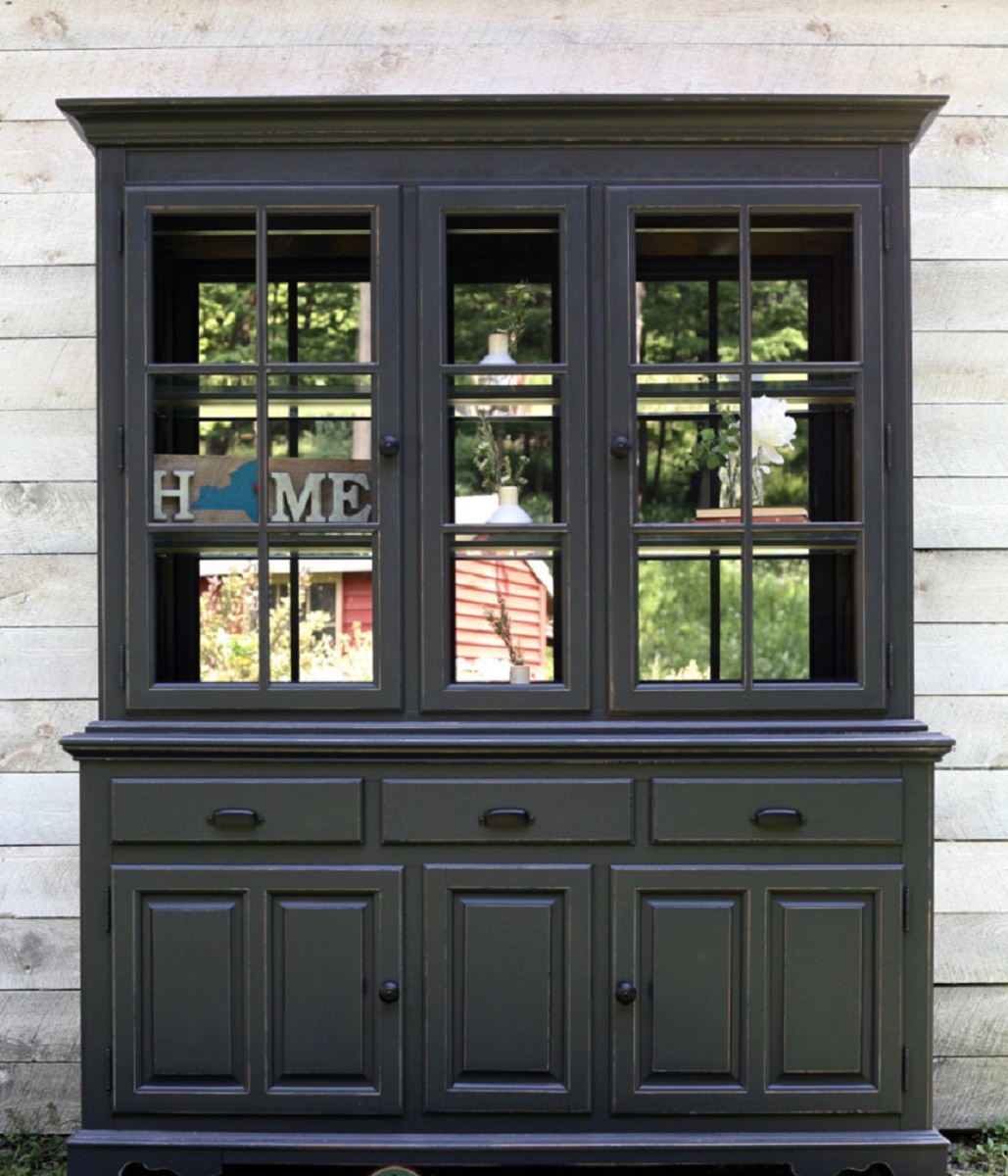
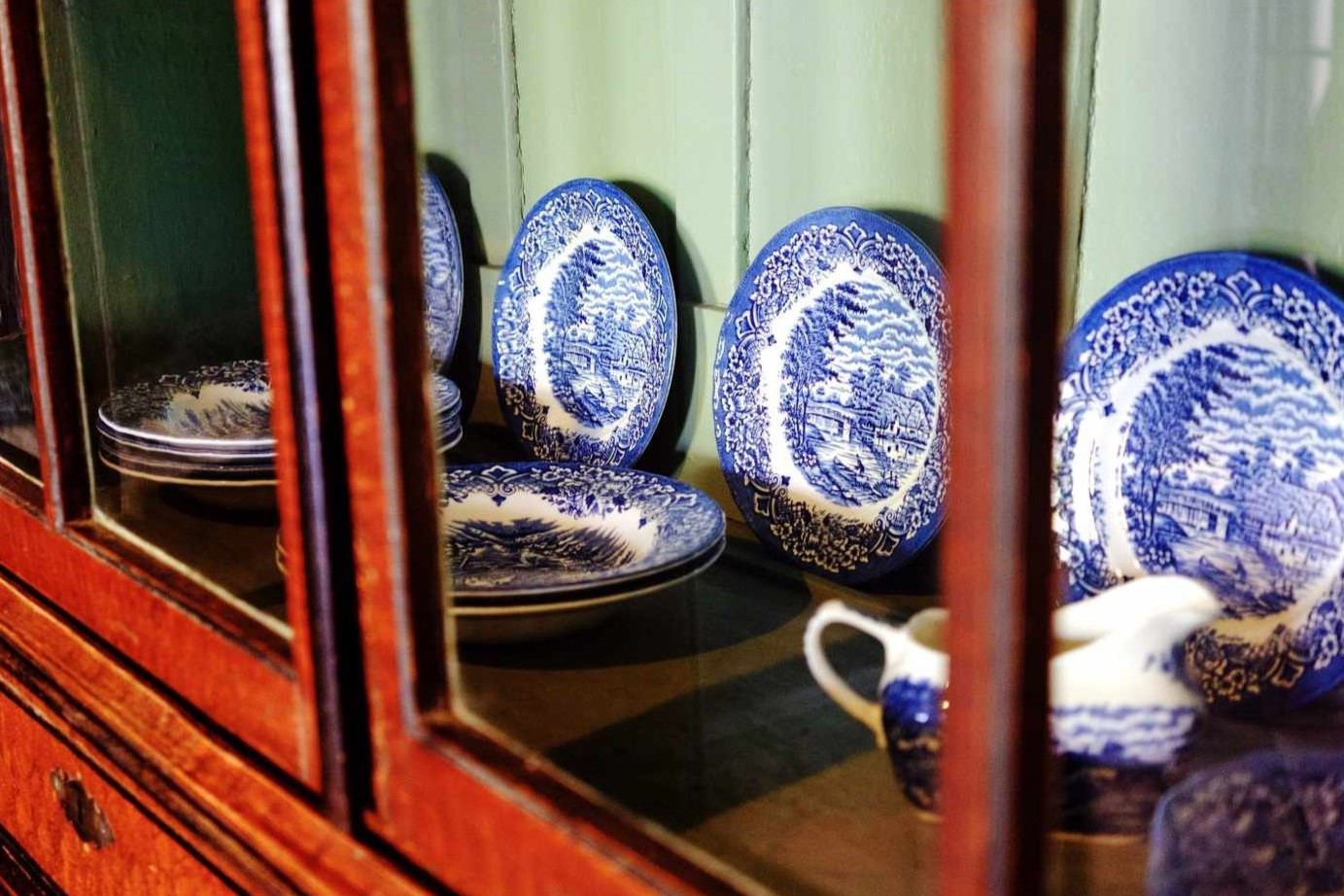
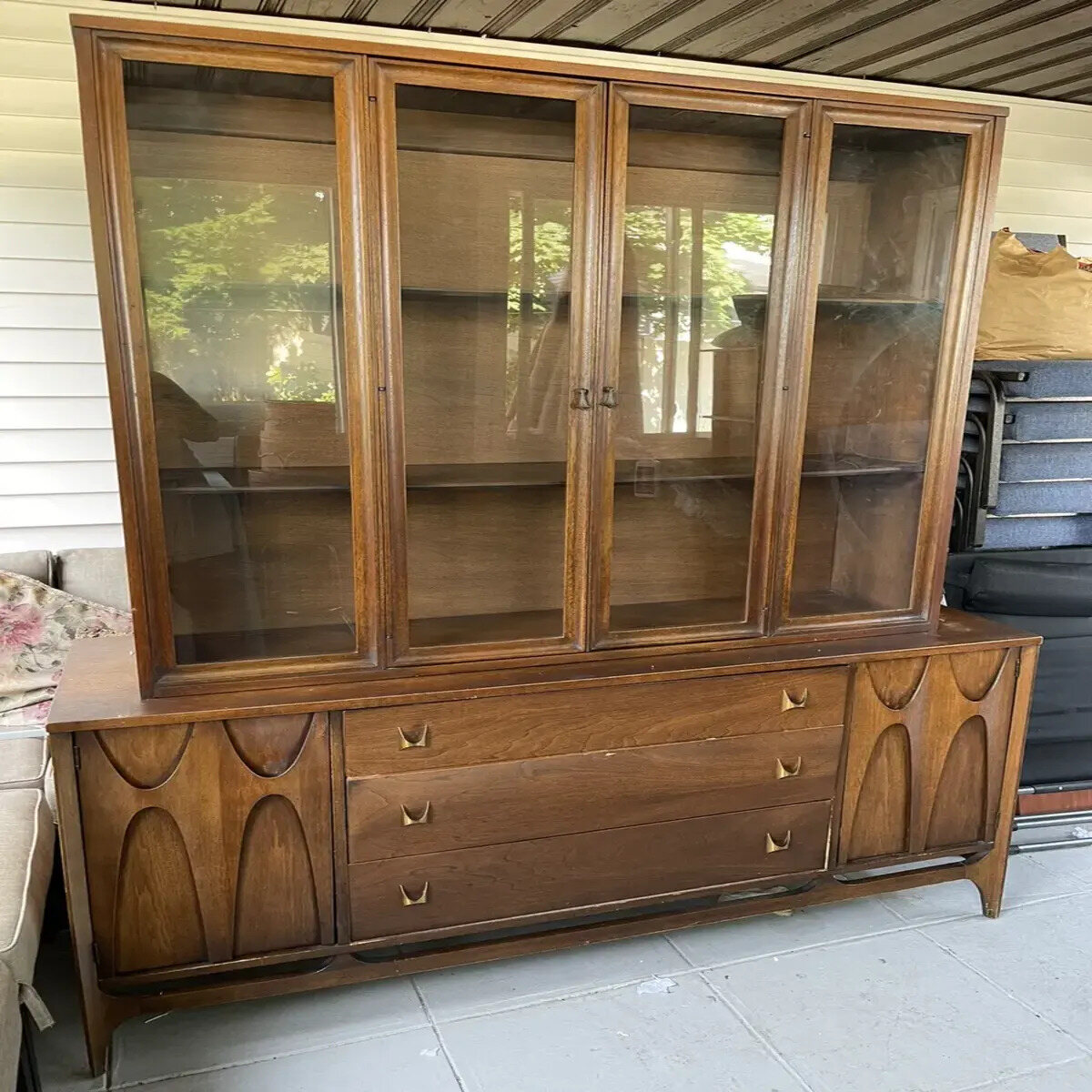
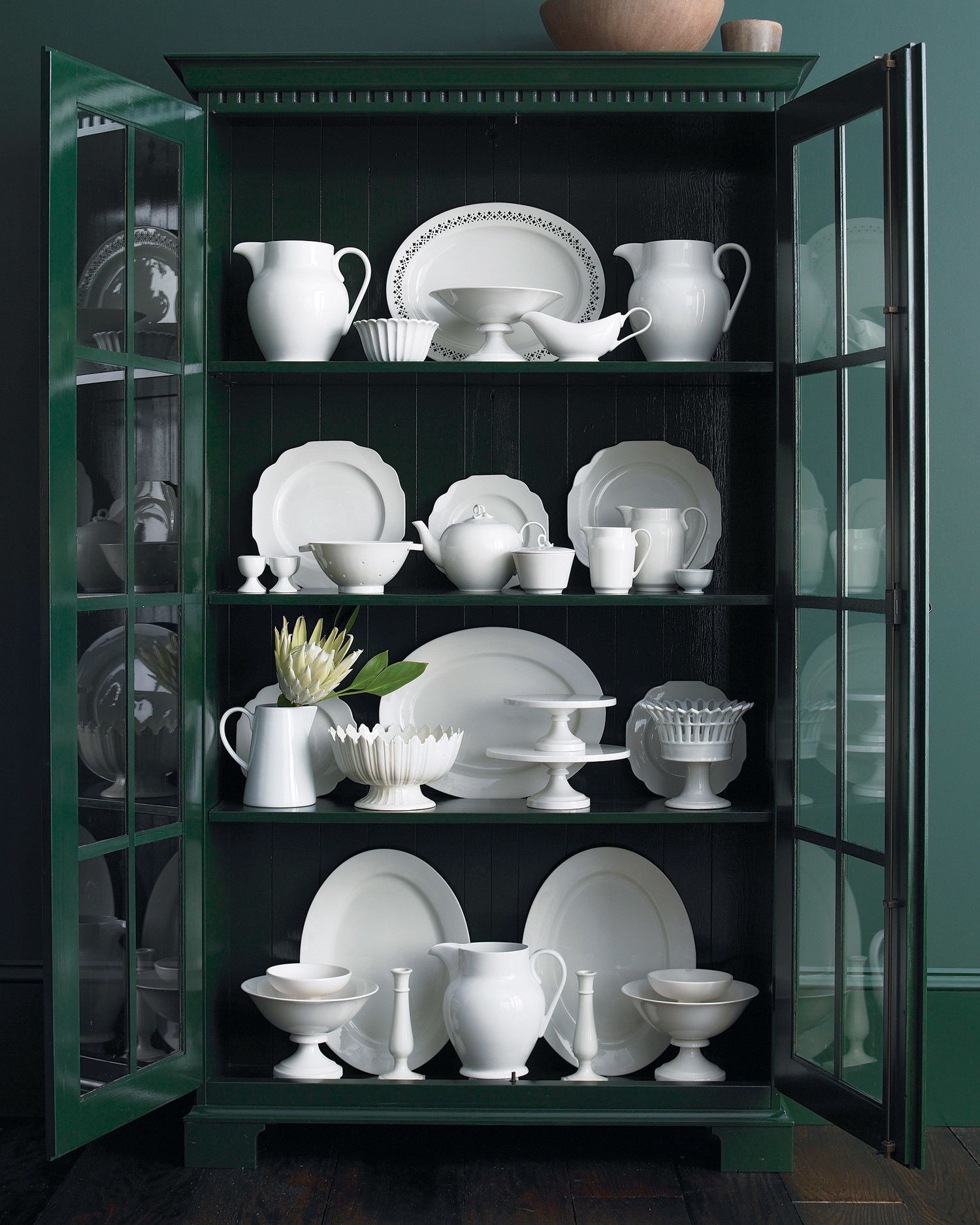

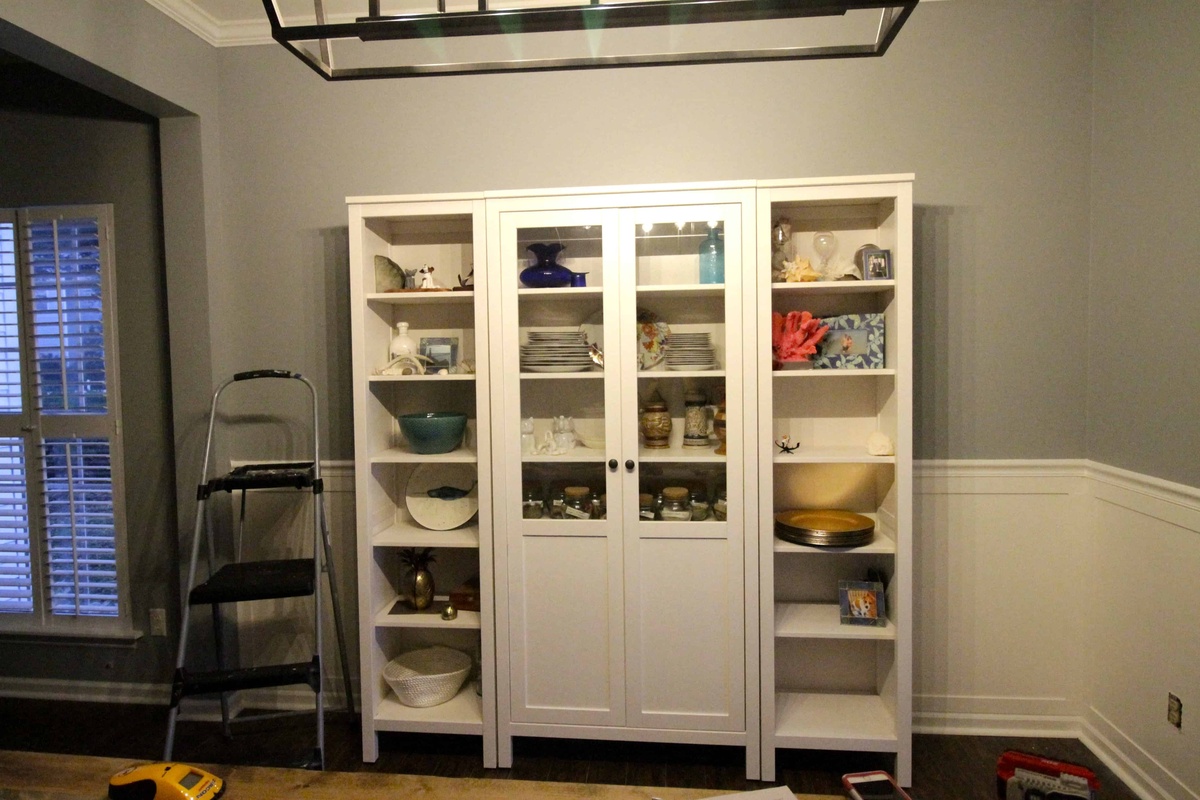
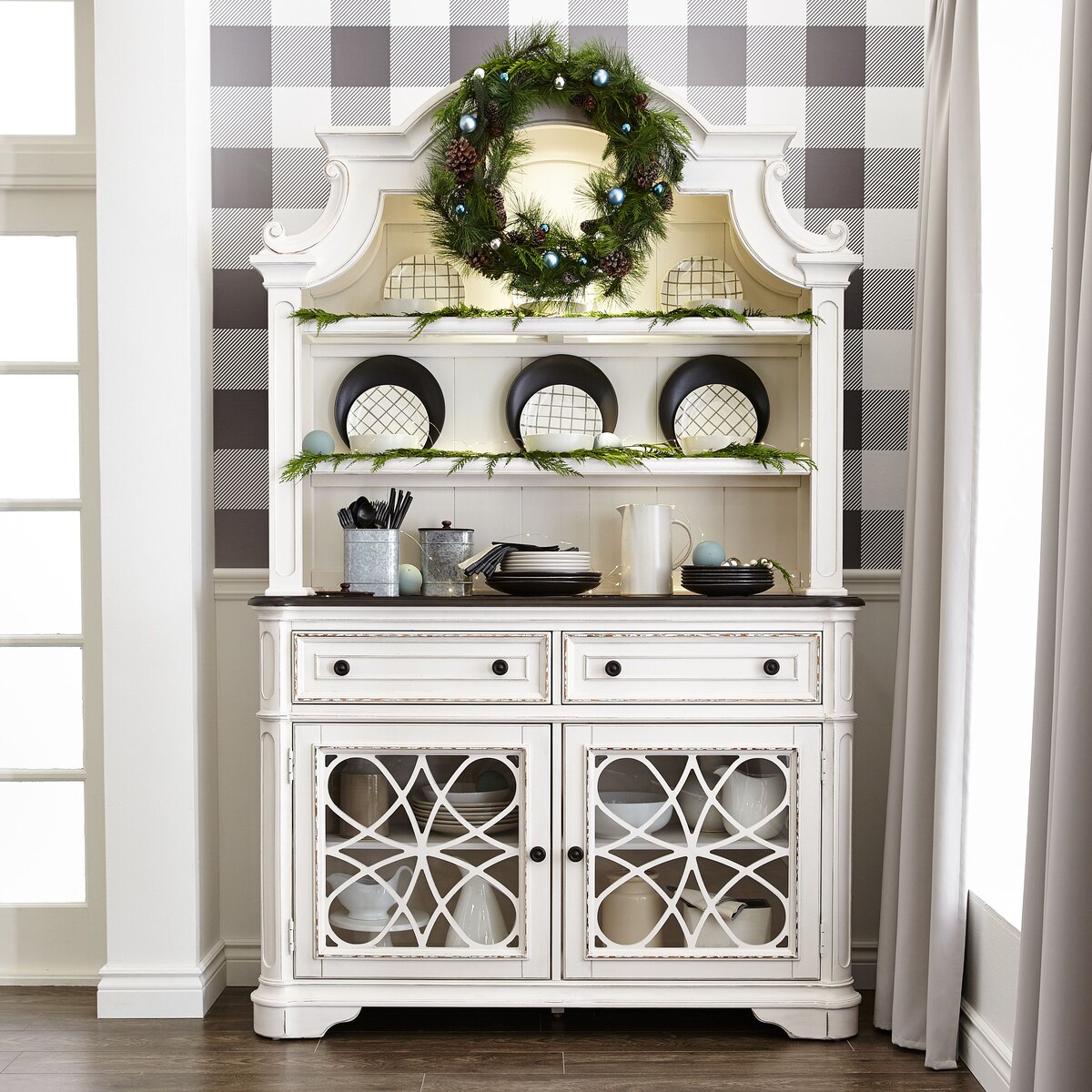
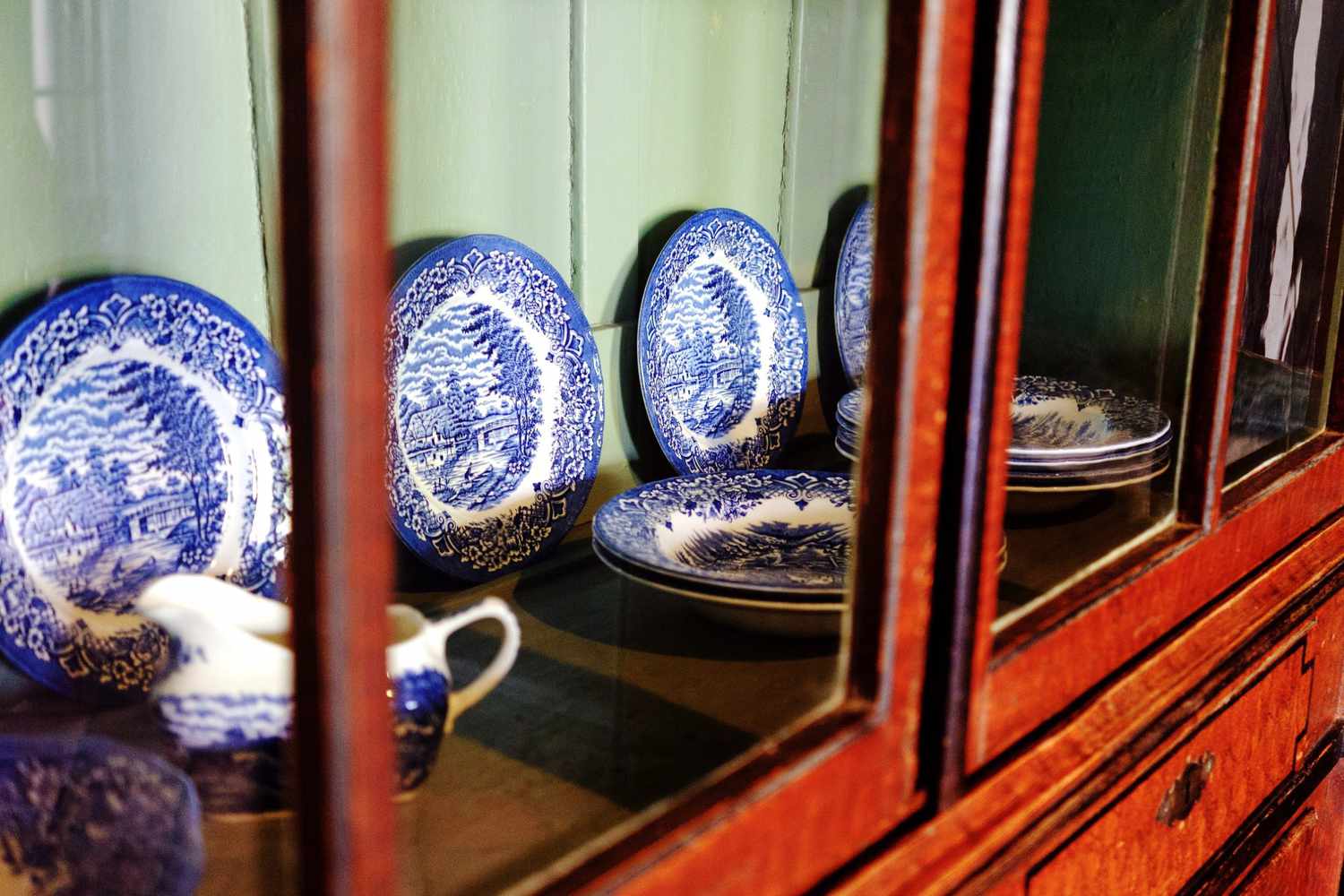
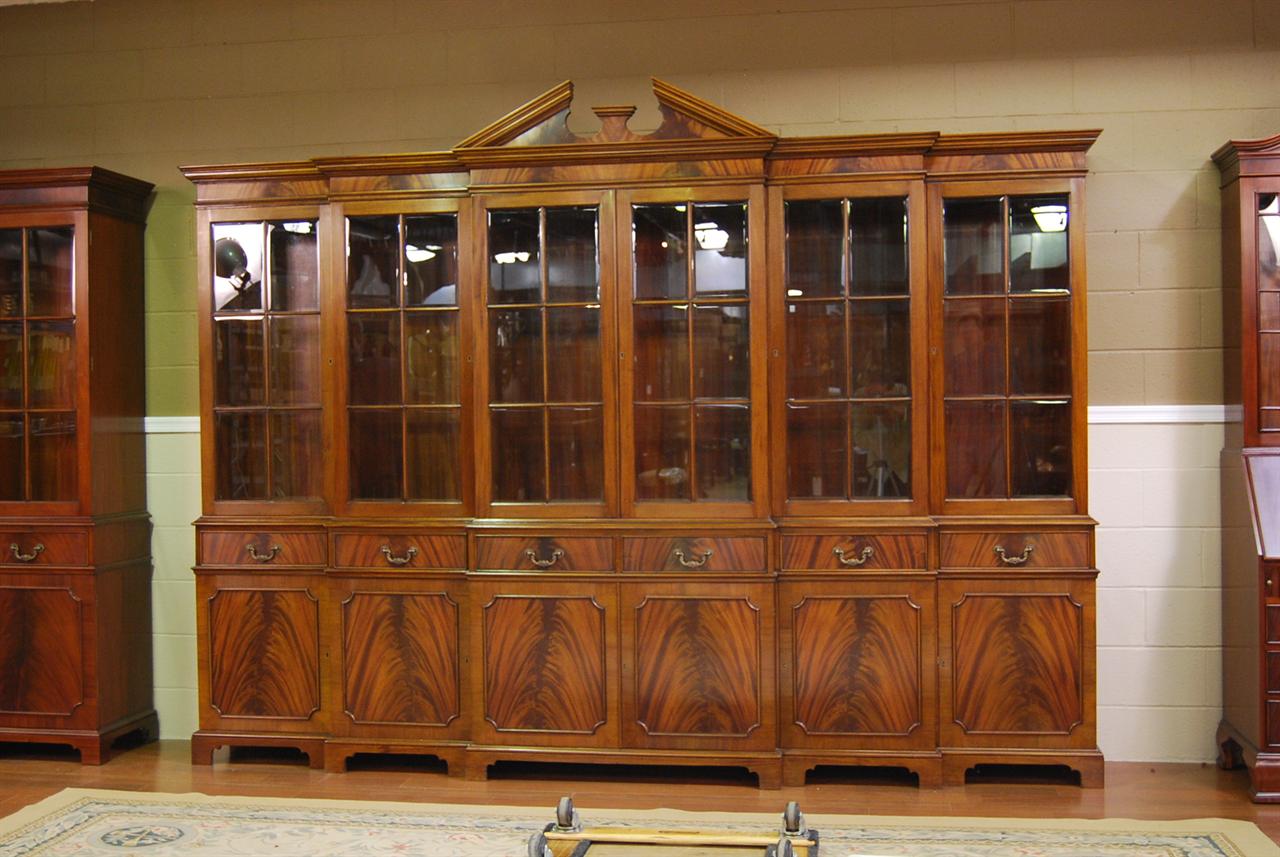
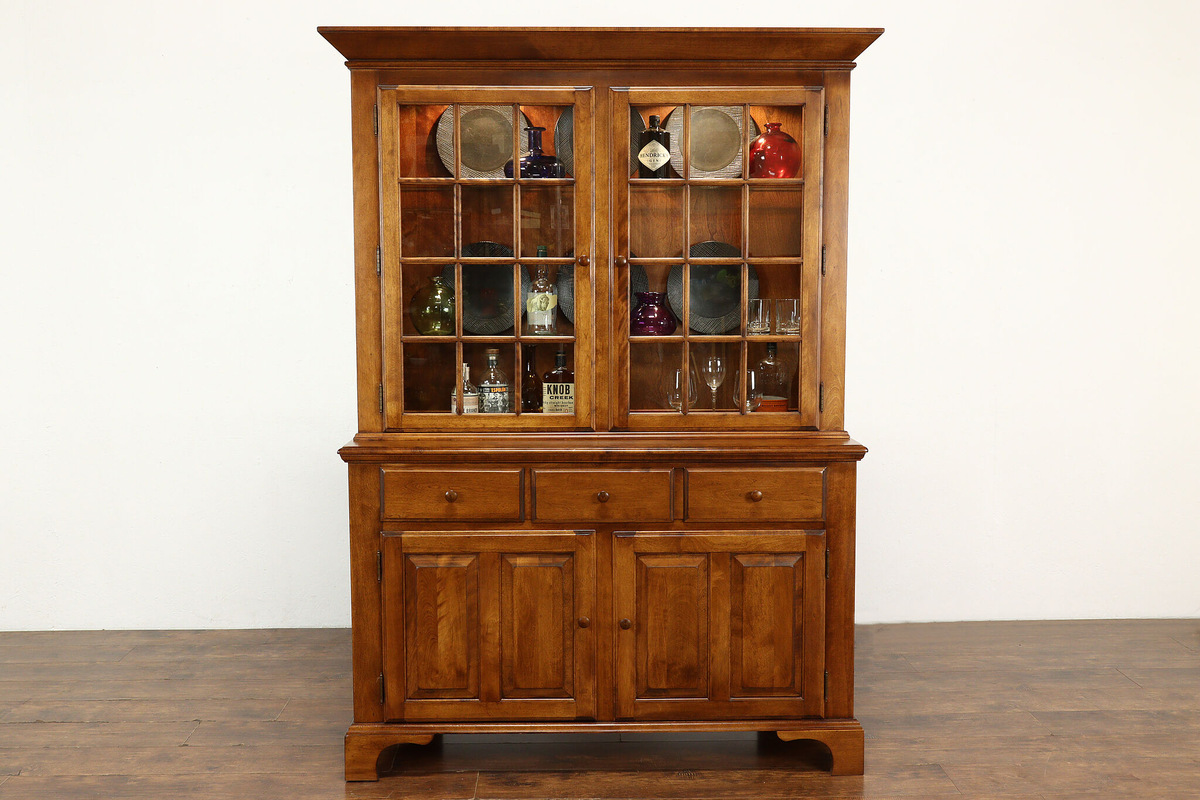
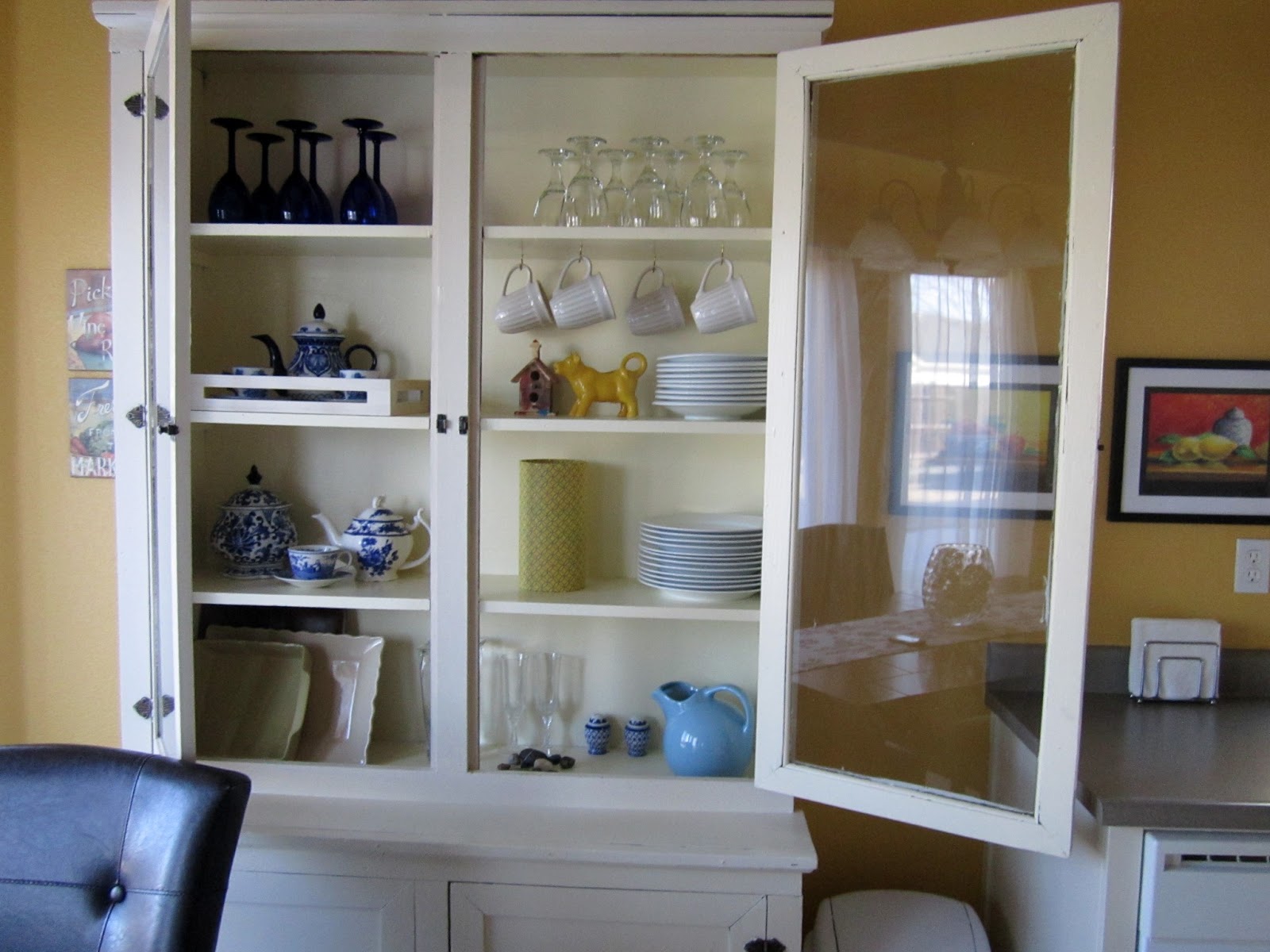


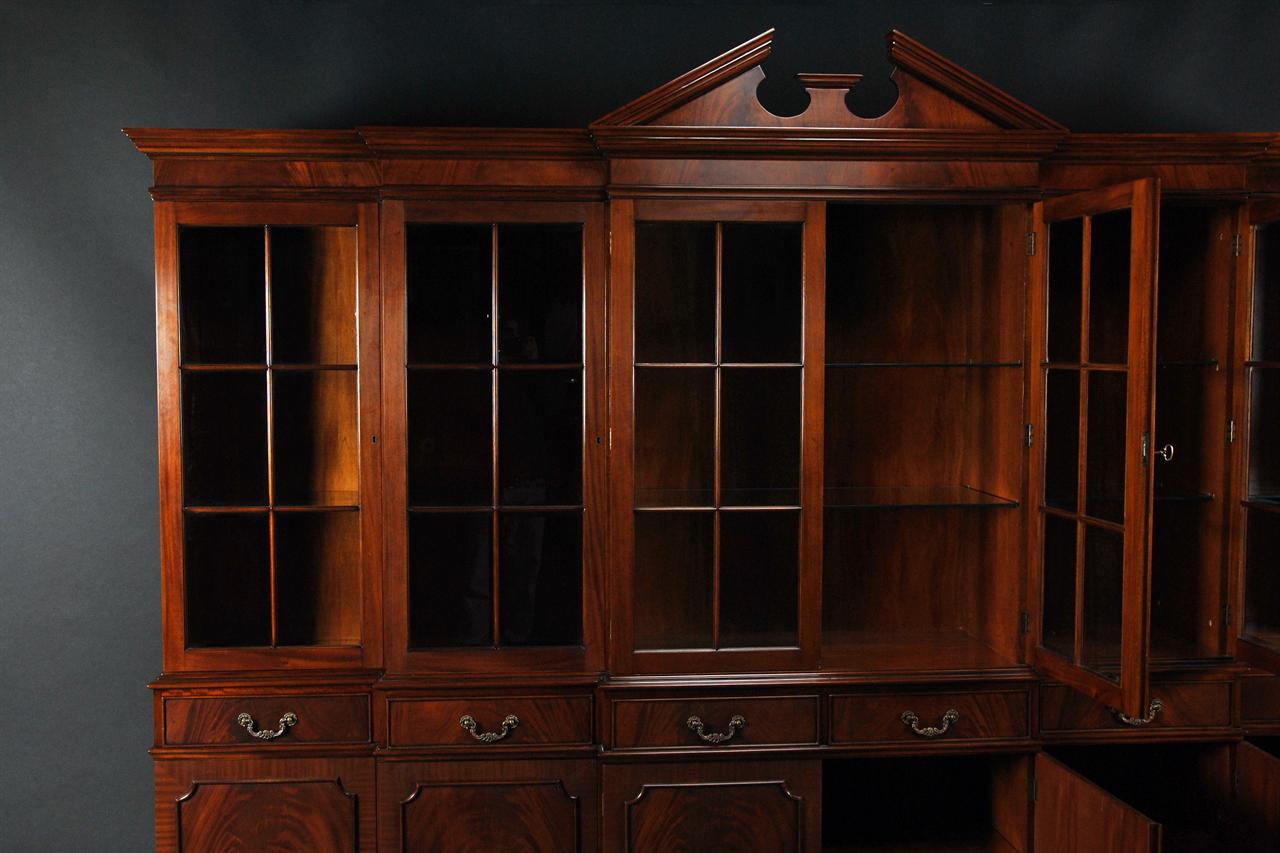

0 thoughts on “How To Move A China Cabinet”